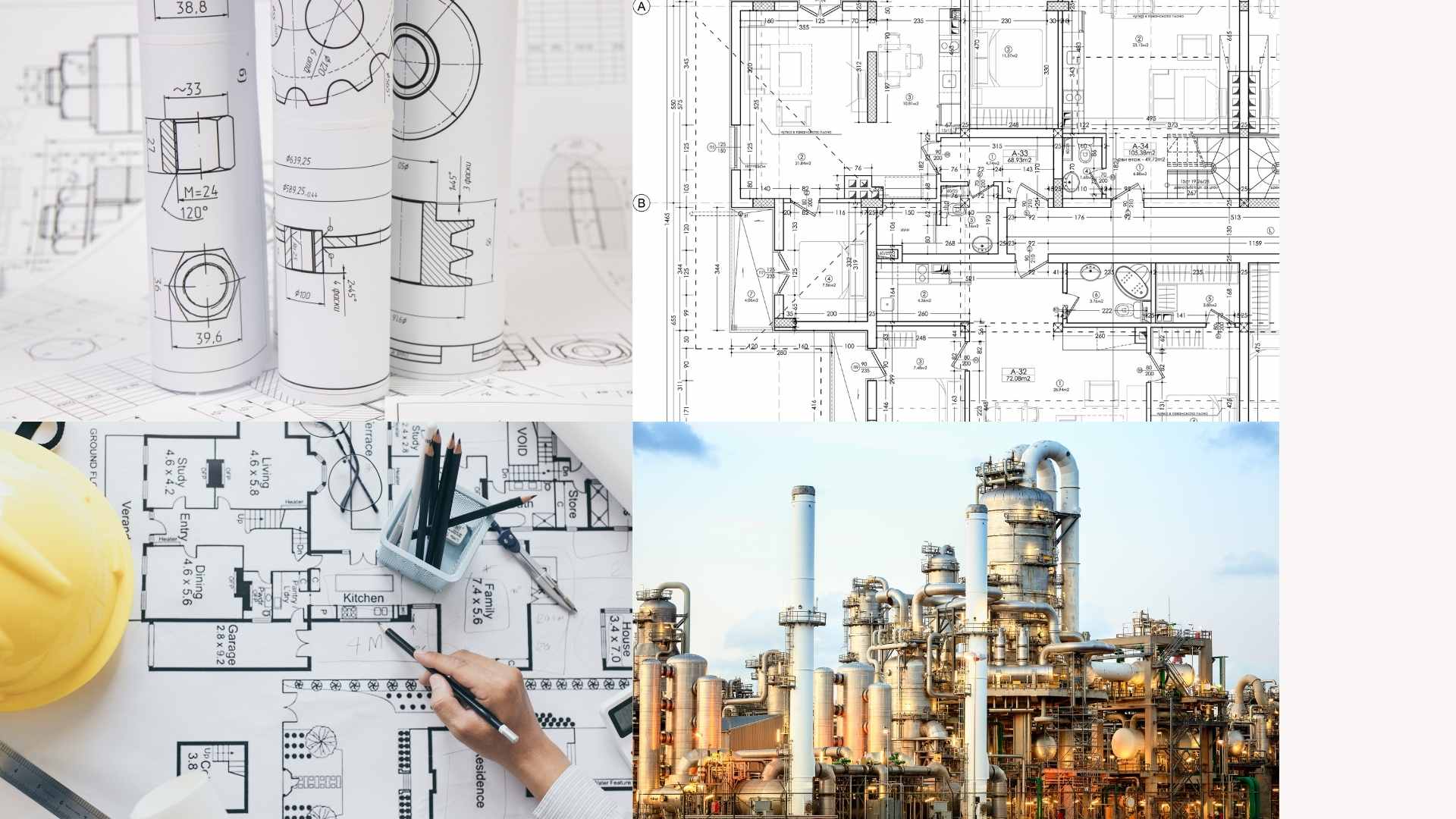Industrial service providers face growing pressure to maintain high uptime, reduce costs, and meet strict safety and regulatory standards. By integrating industrial remote monitoring into their operations, companies gain continuous visibility into asset health, performance, and environmental conditions. This live insight replaces periodic inspections with data-driven workflows, cutting unplanned downtime and enabling faster decision-making. In this article, we explore the fundamentals of industrial remote monitoring and management, compare modern approaches to legacy methods, highlight tangible benefits, and offer guidance on selecting and implementing a solution that drives measurable improvements.
What is Remote Monitoring in Industrial Operations?
Remote monitoring and management refers to the continuous collection, transmission, and analysis of data from field assets, such as pumps, compressors, and pipelines, via network-enabled sensors. Rather than waiting for manual readings or scheduled inspections, engineers access live dashboards showing temperature, pressure, vibration, and flow metrics. Alerts trigger automatically when values exceed predefined thresholds, prompting immediate action.
A concrete example comes from a mid-stream oil terminal that installed flow meters and pressure transducers on transfer lines. Data is streamed over a private cellular network to a central platform. When pressure spiked due to a valve obstruction, the control room received an alert within seconds, allowing operators to isolate the affected section and prevent a potential spill. This real-time visibility transformed maintenance from reactive firefighting into a controlled, predictable process.
Why Operational Efficiency is a Top Priority
Maintaining high equipment availability directly impacts profitability. In industries where every hour of unplanned downtime can cost tens of thousands of dollars, remote monitoring shifts maintenance strategies from time-based schedules to condition-based interventions. This focus on asset health optimization aligns with broader business goals:
- Cost control: Eliminating unnecessary maintenance checks and emergency repairs reduces labor and spare-parts expenses.
- Safety: Early detection of anomalies, such as overheating or leaks, prevents incidents that could endanger personnel or the environment.
- Regulatory compliance: Automated logging of operational data provides audit trails required by bodies like OSHA and EPA.
- Resource planning: Accurate forecasts of equipment health help managers allocate crews and materials more effectively.
For example, switching to an IoT-powered monitoring solution for a chemical plant experiencing frequent agitator failures cut unscheduled stoppages by 30%. The company reallocated maintenance resources to predictive tasks, boosting throughput without increasing headcount.
Key Benefits of Remote Monitoring for Industrial Service Providers
When service providers adopt remote management tools, they gain multiple advantages that directly influence their bottom line. Below, we detail four primary benefits.
Reduced Downtime and Faster Response
Implementing remote process automation enables instant identification of faults. For example, a steel factory monitoring furnace temperatures detected a sensor drift in real time. Automated alerts sent to on-site technicians allowed a quick sensor swap before the drift affected product quality. As a result, the factory avoided a half-day shutdown, saving over 40 lakhs in lost production.
Better Resource Utilization
Live status updates mean maintenance crews travel only when and where needed. A water treatment plant used real-time flow and pump data to schedule checks on pumps showing early signs of wear. For instance, by targeting specific units rather than inspecting all pumps, the plant reduced field visits by 40% and cut overtime expenses.
Improved Safety and Compliance
Continuous monitoring of gas detectors and pressure relief valves ensures hazardous conditions are flagged immediately. A petrochemical operator integrated gas leakage sensors with their SCADA system. Within weeks, two minor leaks were detected and repaired before they escalated, avoiding costly fines and health risks.
To further enhance safety and compliance, many industrial service providers are also investing in Process Safety Services that proactively identify and mitigate operational risks.
Data-Driven Decision Making
Aggregated historical data reveal long-term trends that manual logs cannot capture. A food processing company analyzed two years of sensor data on refrigeration units. The analytics highlighted a pattern of gradual efficiency loss linked to condenser fouling. By adjusting clean-in-place schedules based on real data, they cut energy use by 8% annually.
Technologies Enabling Remote Monitoring
Several core technologies underpin modern industrial remote monitoring solutions:
- Advanced Sensors
MEMS accelerometers, ultrasonic flow meters, and infrared cameras capture high-resolution data on vibration, flow, and temperature. - Edge Computing
Gateways perform real-time filtering and preliminary analytics at the site, reducing data volumes sent to the cloud and ensuring low-latency alerts. - Secure Connectivity
Options include private LTE, LoRaWAN, and satellite links, chosen based on coverage, bandwidth, and security requirements. - Cloud-Native Platforms
Scalable architectures store vast sensor streams, apply machine learning models for anomaly detection, and host interactive dashboards accessible on any device. - Integration Layers
APIs and OPC UA servers link monitoring platforms to ERP, CMMS, and SCADA systems, ensuring data flows seamlessly across enterprise applications.
For example, a cement manufacturer deployed edge devices to pre-process vibration data. The processed signals identified bearing wear patterns faster and with fewer false positives than raw data alone. Maintenance teams received prioritized work orders, simplifying workload management.
Suggested Read: Engine Decarbonization as a Service: Benefits for Fleet and Industrial Engines
Common Challenges in Implementation
Introducing remote monitoring is not without hurdles. Providers often face:
- Legacy Equipment Integration: Many plants run decades-old machinery without digital outputs. Retrofitting sensors and protocol converters can be complex.
- Data Overload: Without proper filtering and analytics, non-actionable alerts can overwhelm operators.
- Cybersecurity Risks: Adding networked devices expands the attack surface. Proper segmentation, encryption, and certificate management are critical.
- Change Management: Shifting from time-based to condition-based maintenance requires new skills and workflows. Training and stakeholder buy-in are essential.
- Vendor Lock-In: Proprietary platforms can limit flexibility. Open-protocol solutions help avoid costly future migrations.
By planning carefully, conducting site surveys, defining clear success metrics, and involving IT early, organizations can overcome these obstacles and build a resilient monitoring ecosystem.
By integrating Applied AI Solutions with remote monitoring platforms, industrial service providers can move beyond basic alerts to advanced predictive analytics and intelligent maintenance strategies.
Factors to Consider Before Choosing a Remote Monitoring Tool
Selecting the right solution demands scrutiny across several dimensions:
- Scalability: Confirm the platform can handle additional sensors and facilities without performance degradation.
- Interoperability: Ensure support for industry standards (e.g., MQTT, Modbus TCP, OPC UA) to integrate diverse devices.
- User Experience: Look for customizable dashboards and mobile apps that let technicians access critical alerts on smartphones or tablets.
- Analytics Capabilities: Evaluate built-in machine learning and reporting functions to ensure you can turn data into actionable insights.
- Total Cost of Ownership: Compare sensor, gateway, licensing, and support fees. Include costs for future upgrades and expansions.
- Vendor Support: Choose a provider with proven experience in your sector, offering professional services for installation, training, and troubleshooting.
Look at how each vendor stacks up in cost, features, and overall value. It breaks down the key trade-offs so anyone can see which option pays back fastest.
| Vendor | Hardware Cost | Analytics Capability | Pricing Model | ROI |
| Vendor A(Low-cost) | Low | Basic alerts (e.g., “pump failed”) | Pay per device | Affordable to start, but you’ll face more surprise failures and repair bills. |
| Vendor B(AI specialists) | High | Advanced AI predictions (failure forecasts) | Large upfront license fee | Very accurate warnings, but it takes a long time to recover your big initial spend. |
| Vendor C(Balanced) | Moderate | Solid analytics + open APIs | Modular, pay-as-you-go | Flexible costs, strong insights, and quick payback provide the best overall value. |
Future Trends in Industrial Remote Monitoring
As digital transformation accelerates, several trends will shape remote monitoring:
- Predictive Analytics Maturity: Machine learning for data analysis will move from anomaly detection to precise remaining useful life (RUL) estimates.
- 5G Adoption: Higher bandwidth and low latency will enable more complex edge-to-cloud workflows, including real-time video inspections.
- Digital Twins: Virtual replicas of physical assets will allow “what-if” simulations, optimizing maintenance schedules and process parameters.
- Augmented Reality (AR): Technicians wearing AR glasses will see live sensor readings overlaid on equipment, speeding up diagnostics.
- Sustainability Metrics: Monitoring energy consumption and emissions in real time will support corporate ESG commitments and carbon tracking.
Early adopters who integrate these innovations will set new benchmarks for uptime, cost efficiency, and environmental responsibility.
Final Thoughts
Remote monitoring has transitioned from an optional enhancement to an essential requirement for industrial service providers striving to maintain a competitive advantage. By adopting industrial remote monitoring, organizations cut downtime, optimize resource use, and enhance safety. Success hinges on choosing scalable, open, and secure platforms; aligning analytics with business goals; and fostering a data-driven culture.
Start with a pilot on a critical asset, define clear KPIs such as mean time between failures (MTBF) or maintenance cost per unit, and expand in phases. With the right strategy and technology, remote monitoring will become the backbone of a resilient, high-performance operation, delivering measurable ROI from day one.
For seamless deployment and tailored integration, many organizations turn to experts offering Engineering Consulting Services to help align monitoring tools with operational goals and ensure long-term ROI.




